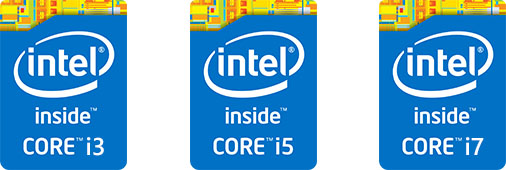The Introduction of Intel® Quick Sync Video Tech
Introduced with the Sandy Bridge CPU microarchitecture on 9 January 2011, Intel Quick Sync Video is Intel's
hardware video encoding and decoding technology. It is built into the 3rd generation Intel® Core™ processor
which can use dedicated media processing ability to make video creation and conversion faster and easier.
If you are one of those who need to convert 2D videos to 3D, and convert video for your portable media player
and for uploading to your favorite social network sites, then this technology is very useful and beneficial.
It can accelerate video encoding with fast speed and high quality.
Intel® Quick Sync Video is available with 2th Gen Intel® Core™ processors and later. With this hardware
acceleration technique, VideoSolo Video Converter Ultimate is able to convert videos up to 6x faster.

Compatible Video Codecs
Intel® hardware acceleration is available when converting videos to H.264 and H.265 codecs. Aside from
general video formats, this will also improve conversion speeds when ripping DVDs or preparing videos for
Apple iPhone, iPad, and other mobile devices. When you select a conversion preset, VideoSolo can convert media
streams up to 3.5 times faster by shifting some of the workload from the CPU, allowing for up to 400% faster
conversion, while freeing up the processor for other tasks.
If you use the latest 2nd~5th generation Intel Core i3/i5/i7 processors, you may be able to use the Intel
Quick Sync Video H.264 encoder which allows you to convert the target in high speed, with a high compression
ratio, and in high quality.
If you use Intel 6th generation Skylake processors and later, you will be able to use the Intel Quick Sync
Video HEVC (H.265) encoder which is better at compression than the H.264 encoder.
Troubleshooting
If the Intel® hardware acceleration option in VideoSolo preferences is unavailable:
- Update the Intel processor drivers. You can find the newest version at Intel's official website here. We
recommend downloading drivers and other software from trusted sources.
- In order for the graphics acceleration to work properly, there needs to be a monitor connected to the
graphics card port. Connect the monitor and make sure it is functioning properly, then try enabling Intel®
hardware acceleration again.
